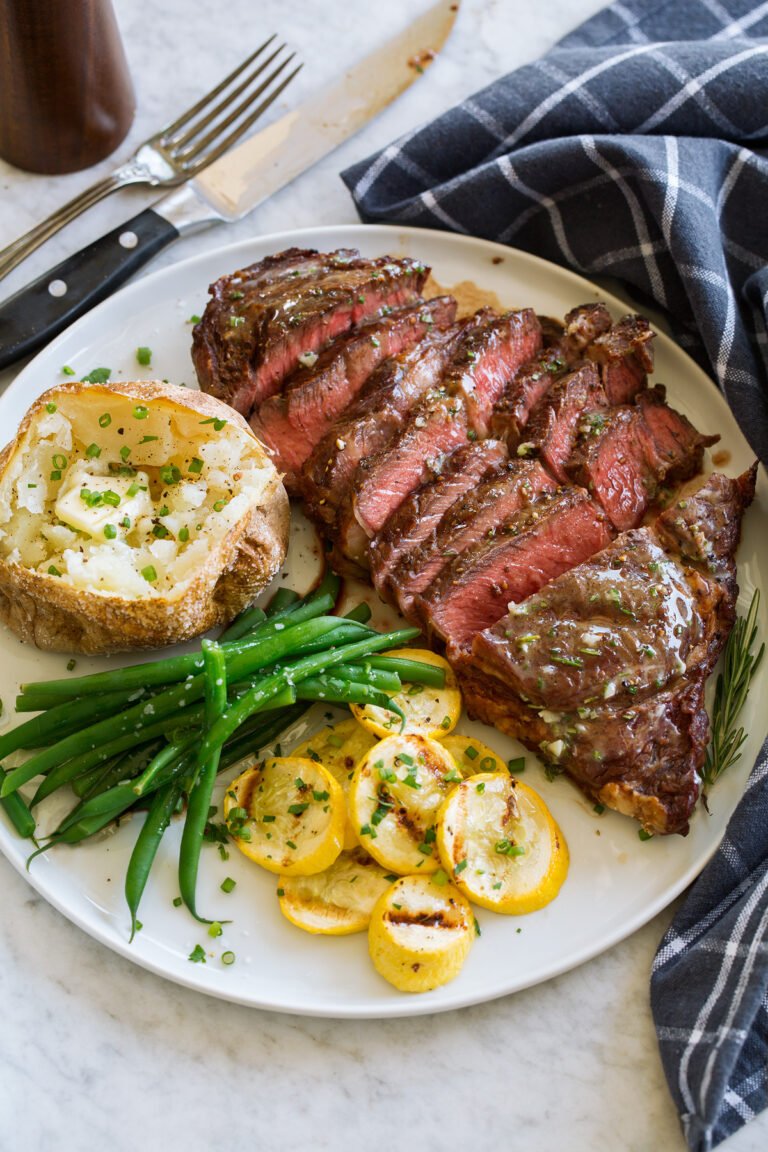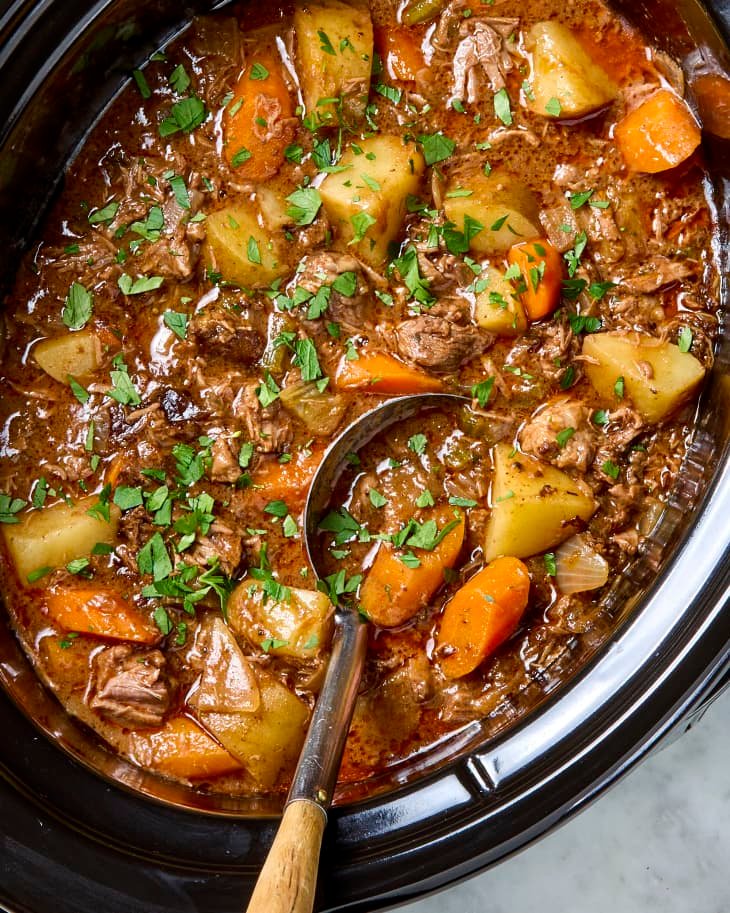Grilling season brings the quest for perfect BBQ. Everyone craves that juicy, tender meat.
Imagine the aroma of smoky, well-seasoned meats sizzling over a hot grill. The sound alone makes mouths water. Yet, not all BBQ is created equal. Some bites are dry, others, divine. What sets them apart? Secrets. Yes, secrets that transform basic grilling into an art form.
These are not just tips, but the hidden techniques that the best pitmasters use. They ensure every piece of meat is bursting with flavor and juiciness. This guide reveals those coveted secrets. It’s not about complex skills, but simple tricks that make a big difference. You’ll learn how to choose the right cuts, the importance of patience, and the magic of marinades. Ready to elevate your BBQ game? Let’s dive into the smoky world of juicy BBQ meats.
Introduction To Juicy Bbq
Introduction to Juicy BBQ sets the stage for a mouth-watering journey. Discover the secrets behind succulent, fall-off-the-bone meat that beckons BBQ lovers far and wide. Perfecting the art of barbecue is within reach. Let’s dive into the essence of creating juicy BBQ meats.
The Lure Of Barbecue
There’s a magnetic pull to the smoky aroma of barbecue. It’s the sizzle, the char, the flavors that dance on the tongue. BBQ gatherings spell fun, friends, and feasting on tender, juicy cuts.
What Makes BBQ Meat Juicy?What Makes Bbq Meat Juicy?
To achieve that coveted juicy quality, several factors come into play. Think meat selection, marinades, cooking temperatures, and resting time. Each element is a building block to a juicy masterpiece.

Choosing The Right Cuts
Let’s dive into the art of choosing the right cuts for juicy BBQ meats. This step is crucial. Picking the right cuts ensures a delicious outcome. Let’s explore how to select the best meats and understand marbling for that perfect BBQ.
Best Meats For Bbq
Not all meats are equal for BBQ. Some cuts are better because they cook well on a grill or smoker. Here are the top choices:
- Beef Brisket – Ideal for slow cooking.
- Pork Shoulder – Perfect for pulling.
- Ribs – Pork or beef, they’re a BBQ favorite.
- Chicken Thighs – Stay juicy, unlike breast meat.
Understanding Marbling
Marbling means fat within the meat. It’s key for flavor.
More marbling = more flavor. Look for even white flecks in the meat. This fat melts during cooking, making the meat juicy and tasty.
| Meat Type | Marbling Level |
|---|---|
| Beef Ribeye | High |
| Pork Butt | Medium |
| Chicken Breast | Low |
Choose cuts with good marbling for the best BBQ experience.
Marinades Vs. Rubs
Let’s dive into the world of BBQ flavors. Two heroes stand out: marinades and rubs. Both transform meat into a juicy delight. Yet, they’re different. Marinades soak. Rubs coat. Each has a secret power to make BBQ meats juicy and tasty. Your choice can make or break your BBQ. Let’s explore how.
Crafting The Perfect Marinade
Marinades bring meats to life. They’re wet mixes of acid, oil, and spices. They tenderize. They moisten. A good marinade needs time. Think hours, not minutes. Acid breaks down tough fibers. It makes meat soft. Olive oil locks in flavors. Spices add a kick. Mix in a bowl. Cover the meat. Then, let it sit. The fridge is the best spot for this. Turn the meat now and then. This makes sure every bit gets tasty.
The Art Of Rubs
Rubs are simple but mighty. They’re dry spices and herbs. They give a crusty top to meats. They pack a flavor punch. Start with sugar, salt, and chili. Then, add your favorite spices. Rubs need no time to sit. Just coat the meat well. Press the spices in. This helps them stick. Heat does the rest. It makes a crispy layer. This keeps the juices in. Your BBQ meat stays moist inside.
The Science Of Meat Tenderization
Unlock the secret to mouthwatering BBQ meats. Tenderization is key. It turns tough cuts into succulent bites. Let’s dive into the science behind it. Learn how natural enzymes and acids make meat tender.
Natural Enzymes At Work
Meats contain proteins. Enzymes break them down. This softens the meat. Think of enzymes as tiny scissors. They cut long protein chains. This process happens naturally. It occurs faster at certain temperatures. Room temperature is ideal. Enzymes become active then. This is why some chefs let meat sit before cooking.
The Role Of Acids
Acids are another tenderizer. They weaken meat fibers. Examples include vinegar, lemon juice, and yogurt. These acids penetrate meat. They add flavor too. It’s a double win. Acids need time to work. This means marinating is essential. A few hours can make a difference. Overnight is even better. Remember, balance is key. Too much acid can toughen meat. Just the right amount makes it juicy.
Temperature Control
Temperature control is key to juicy BBQ meats. It’s all about balance. Too hot, and meats dry out. Not hot enough, they’re undercooked. Let’s dive into how to manage this.
Managing The Grill Heat
First, know your grill. Each type works differently. Gas, charcoal, or wood – they all have unique ways to control heat. Here are simple steps to manage grill heat effectively:
- Start early: Give the grill time to heat up.
- Zone cooking: Create hot and cool zones on your grill.
- Use a thermometer: Always know the grill’s temperature.
- Adjust: Learn to increase or decrease heat as needed.
Low And Slow Philosophy
Next, embrace the ‘low and slow’ method. This means cooking meats at a lower temperature for a longer time. It’s the secret to tenderness and flavor. Here’s why it works:
- Even cooking: Prevents outer edges from burning.
- Moisture retention: Keeps meats juicy.
- Flavor development: Allows deep, rich tastes to emerge.
Remember, patience pays off. Low and slow is the way to BBQ success.

Moisture Retention Techniques
Let’s dive into the art of keeping BBQ meats juicy. Mastering moisture retention techniques can transform a good barbecue into a great one. From basting to using steam, these methods ensure every bite is succulent. Get ready to impress at your next BBQ.
Basting Secrets
Basting is a top trick for juicy meats. It involves spooning or brushing liquids over meat as it cooks. This liquid can be melted butter, oils, or a special sauce. Basting adds flavor and keeps meat moist from the outside in. Do it often for the best results. Start with a good baste, and keep those juices flowing.
Using Foil And Steam
Wrapping meat in foil with a bit of liquid can work wonders. This technique traps steam and keeps the meat moist. Use beer, wine, or broth to create steam inside the foil. This will help keep your meat from drying out. Try this method for meats that cook for a long time. It’s like giving your BBQ a steam bath.
The Resting Rule
Many people overlook The Resting Rule when cooking BBQ meats. This step is key. Let’s dive into why it matters and how to do it right.
Why Resting Meat Is Essential
Resting meat after cooking lets juices spread. Meat stays juicy and tender. Cut too soon, and juices escape. This makes meat dry. Always rest your meat.
Timing The Rest
How long to rest depends on the meat size. Use these tips:
- Small cuts (steaks, chops): Rest 5-10 minutes.
- Large roasts: Rest 10-20 minutes.
- Whole birds: Rest 15-30 minutes.
Cover meat with foil during rest. This keeps it warm.
Smoke Infusion
The secret to mouth-watering BBQ lies in the art of smoke infusion. Smoke adds that sought-after, rich flavor to meats. It’s what separates a good BBQ from a great one. Let’s dive into how to infuse your meats with the perfect amount of smoke.
Choosing Woods For Flavor
Not all woods are equal for smoking meat. Different types bring unique flavors. Hickory offers a strong taste, while applewood gives a sweeter touch. For a subtle hint, try cherry wood. Match wood to your meat for the best results. Poultry shines with fruit woods, while pork loves hickory. Experiment to find your favorite combos.
Balancing Smoke And Heat
Too much smoke can overwhelm the meat. It’s about finding balance. Start with a moderate amount of wood. Observe the smoke’s color. You want a thin, blue smoke for the best flavor. Thick, white smoke can mean too much heat. Adjust your heat source to keep the smoke light and consistent. This balance will give you juicy, perfectly smoked BBQ every time.
Glazing And Saucing
Glazing and Saucing transform good BBQ meats into great ones. These techniques add flavor, moisture, and a delightful sheen. But, there’s an art to applying them. Get it right, and guests will rave about your BBQ for weeks!
When To Apply Sauces
Timing is everything with BBQ sauces. Apply too early, and high sugar content can cause burning. Apply too late, and the flavor won’t meld.
- Sweet sauces: Brush on during the last 10-20 minutes of cooking.
- Thin, vinegar-based sauces: Use throughout cooking for deeper flavor penetration.
Homemade Vs. Store-bought Glazes
Homemade glazes offer control over ingredients and flavors. They can be simple, with just a few items from your pantry.
| Homemade Glaze Benefits | Store-bought Glaze Benefits |
|---|---|
| No preservatives | Convenience |
| Custom flavors | Consistent taste |
| Fresher taste | Longer shelf life |
Store-bought glazes are quick and consistent. They offer familiar flavors that many love.
Serving Bbq Like A Pro
Master the art of serving BBQ and impress your guests. Perfect slices and ideal side pairings elevate the meal. Let’s dive into pro techniques.
Carving Techniques
Slicing meat right makes a difference. Use a sharp knife. Cut against the grain for tenderness. Thin slices for brisket, thicker for steak. Let’s see how:
- Brisket: Aim for pencil-width slices.
- Ribs: Cut between bones; serve individually.
- Chicken: Separate legs and thighs; slice breast across.
Pairing With Sides
Balance flavors with the right sides. Hearty meats need light sides. Think fresh, think colorful. Here’s a quick guide:
| Meat Type | Side Suggestions |
|---|---|
| Pulled Pork | Slaw, beans, cornbread |
| Beef Brisket | Potato salad, pickles, onions |
| BBQ Chicken | Grilled veggies, mac n’ cheese |
Match flavors for a complete BBQ experience. Always offer a variety. This ensures all guests find something they love.

Frequently Asked Questions
What’s The Secret To Juicy Bbq Meats?
The key to juicy BBQ meats lies in the preparation process. Marinating meats for several hours, or even overnight, helps to tenderize and infuse flavors. Slow cooking at a low temperature ensures the meat remains moist and tender. Wrapping meats in foil can also help retain juices.
How Long To Marinate Bbq Meats For Best Results?
For best results, marinate BBQ meats for at least 4 hours. However, marinating overnight in the refrigerator can significantly enhance flavors and tenderness. Different meats may require varying marinating times, but the longer, the better, without exceeding 24 hours to avoid texture breakdown.
Can You Bbq Meats Without A Grill?
Yes, you can BBQ meats without a grill by using an oven or a stovetop grill pan. The oven’s broil setting or a well-heated grill pan can mimic the effects of grilling. Remember to turn the meat occasionally to ensure even cooking and to achieve a similar charred effect.
What Woods Are Best For Smoking Bbq Meats?
Different woods impart unique flavors; hickory and oak offer strong, traditional BBQ tastes, while apple and cherry woods provide a sweeter, fruitier flavor. Mesquite has a bold, earthy flavor, ideal for red meats. Experimenting with wood types can lead to delicious and distinct BBQ experiences.
Conclusion
Mastering the art of BBQ takes practice, but these secrets help. Keep your meats juicy with the right heat, timing, and tools. Don’t forget the importance of marinating. It adds flavor and tenderness. Use spices and rubs to your advantage.
They make a big difference. Remember to rest your meat before serving. This keeps the juices in. Try these tips next time you grill. Your friends and family will notice the difference. Happy grilling and enjoy those tender, flavorful BBQ meats!





